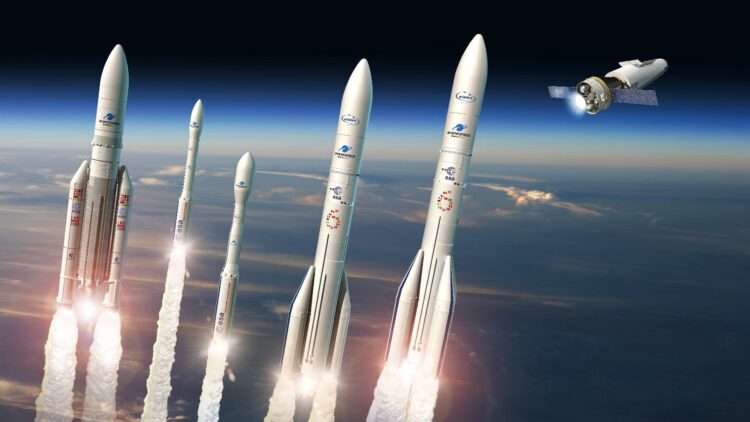The US is all set to send hydrogen to space for the first time, using a rocket motor partially made by 3D technology. This unprecedented mission has drawn the attention of our planet’s inhabitants and aims to change the known space and technique. A legacy of American aerospace engineering, the RL10 rocket engine is the leading technology in this category.
The legacy of the RL10 rocket engine and its modern transformation
The RL10 rocket engine was invented by Aerojet Rocketdyne in 1962 and has served as a foundation of America’s space expeditions. A favorite among space aficionados, the RL10 is one of the most enduring and dependable engines, which have been used in everything from early Atlas rockets to today’s Delta IVs. This engine has not been fixed until it got old since technological advancement has been included in improving its performance.
The RL10 has undergone several improvements in the past few years, including adopting 3D printing technology. The latest is RL10E-1, which has a copper thrust chamber made by 3-D printing, which means that the RL10E-1 has only 2% of the number of parts as the RL10A-3. This improvement in the manufacturing process also enhances the dependability and efficiency of the engine and simultaneously cuts costs.
The RL10E-1 is helpful in space missions because it can be used for multiple restarts in one flight. The first-ever use of this engine will be for a mission on a Vulcan rocket to be launched by United Launch Alliance (ULA). This mission will show how 3D printing can be used in the aeronautic industry and the path for future advancements.
The role of 3D printing in revolutionizing rocket engine design
Additive manufacturing, more commonly known as 3D printing, has become a key solution in the aerospace industry. Due to its capability to produce intricate structures that conventional production methods cannot develop, 3D printing has many benefits, such as shorter cycle times, lower cost, and short time required in design change and testing new designs.
For RL10E-1, through the application of 3D printing technology, a new and improved thrust chamber has been developed that is more efficient and reliable. This part is crucial to the engine since the chamber has to endure high temperatures and pressures. At the same time, 3D printing has also made it possible to improve the cooling passages within the chamber.
This success of RL10E-1 may open up the possibility of using 3D printing to construct rocket engines. It is clear that Aerojet Rocketdyne and ULA, with other companies, are only investigating this technology’s potential, so the future holds more developments and more cost-efficient solutions. This change could be a game-changer to the current economics of space travel in a bid to make it more viable.
The implications of hydrogen-powered space travel for the future
Hydrogen is a good fuel in rockets, more so than traditional fuels, and the following advantages can be identified. It is highly efficient again, yielding a much higher specific impulse, meaning more thrust-to-weight ratio per fuel. This efficiency is essential for extended missions such as lunar, Martian, and deep space exploration. Further, the use of this fuel can be justified because hydrogen is relatively abundant and can be manufactured from renewable resources that will be available in the future when manned missions to far distant space are launched.
Hydrogen in the RL10E-1 engine is a significant advancement in the search for better yet cleaner methods of space exploration. This mission could spur more advancements in this field by showing that rockets can be run on hydrogen. This could, in turn, culminate in the development of exotic propulsion systems that are powerful and less dangerous to the environment.
The positive outcome of the project is likely to extend the utilization of hydrogen power to other sectors. For instance, the improvement spotted in the generation and storage of hydrogen for space programs could be transferred to the automotive and energy industries and boost the usage of hydrogen as a form of clean energy. This cross-industry innovation could be a boon in finding solutions to world energy issues and moving away from reliance on fossil fuels.
The coming out of the RL10E-1 engine will be a significant step in advancing space traveling. This mission of using the RL10 with traditional AAE-7000 material and hydrogen fuel, along with the latest advancement of 3D printing technology, is expected to define a new generation of efficient, reliable, and environmentally friendly space travel. The successful exploration of this mission may lead to significant changes in the future, in space and on our planet.

